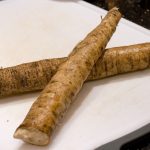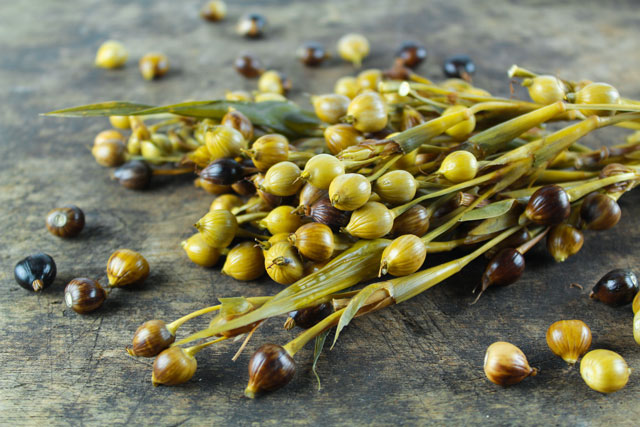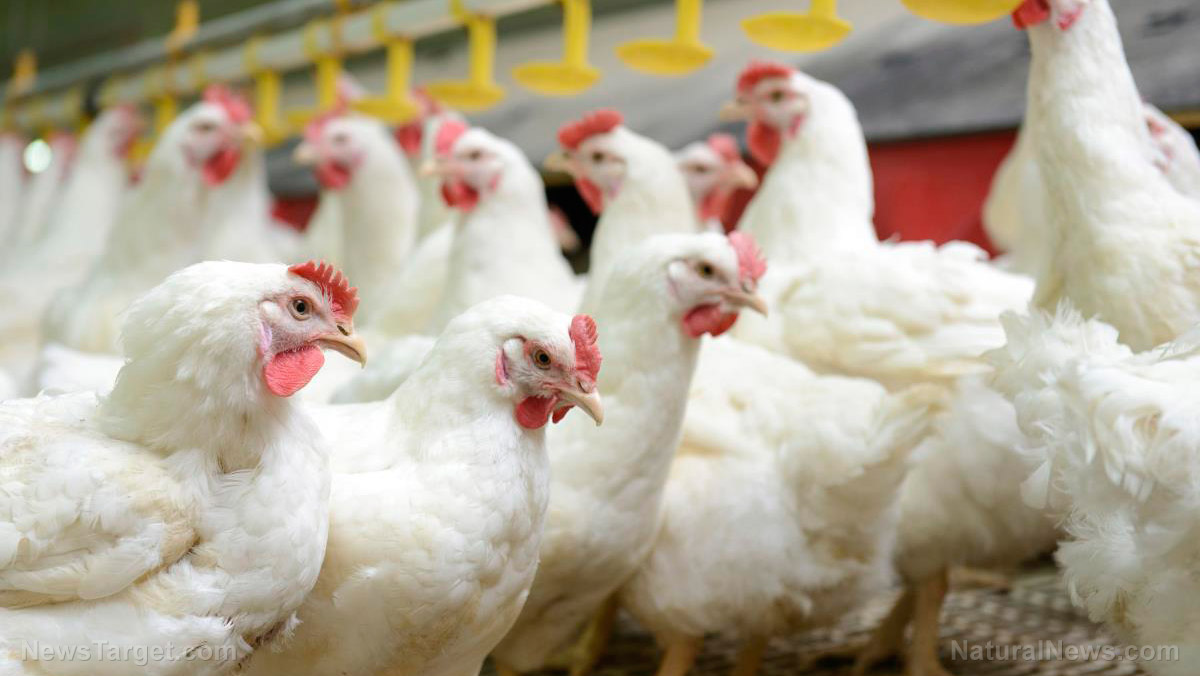
(
Naturalhealth365) More than two-thirds of American adults are currently obese or overweight, placing them at elevated risk for a variety of serious health problems – including type 2 diabetes, heart disease and high blood pressure. In light of this national health crisis, recent
clinical studiesfocused on burdock root have scientists hopeful about our future health.
Commonly eaten as a vegetable in Asian cuisine, burdock root is a nourishing food that appears to have the ability to combat obesity by curbing appetite and reducing food cravings. But, its amazing therapeutic properties don’t stop there.
Long prized by practitioners of Traditional Chinese Medicine,
this versatile root is also a powerful blood purifier, diuretic and anti-inflammatory agent. To discover 5 very good reasons for adding burdock root to your diet, keep reading.
Burdock root’s high content of inulin promotes weight loss
Inulin – not to be confused with insulin – is a soluble fiber that helps to reduce appetite by creating a feeling of satiety, or fullness. Both animal and human studies have shown that supplementation with insulin-rich burdock root leads to a reduction in body weight.
In one clinical study, overweight and obese participants took 21 g of inulin a day for 12 weeks – and experienced a small but significant weight loss. On the other hand, participants in the no-inulin group gained weight during the study.
The results led researchers to conclude that burdock root could be a “useful” tool for weight management. Additional studies have yielded even more encouraging results. In one trial,prediabetic participants who took inulin for 18 weeks lost a substantial 7.6 percent of their body weight.
In addition to its appetite-reducing qualities, burdock root has been shown to suppress lipid synthesis – the breakdown and storage of fats. In fact, researchers have reported that burdock root can help reduce deposits of fat in the liver, making it potentially useful in easing non-alcoholic fatty liver disease, or NAFLD.
Note: Burdock root is not the only food that provides inulin. Other good sources include
artichokes, asparagus, garlic, onions and leeks.
Nutritious burdock root offers prebiotic benefits
Burdock root is enjoyed as a root vegetable throughout Japan, where it frequently appears in salads, soups, and – in pickled form – in sushi. Although not as well known in the United States, burdock root’s popularity is increasing as its nutritional merits become apparent.
With a cup of peeled burdock root offering up a modest 85 calories, this wholesome vegetable is low in fat and high in protein. It is also a good source of minerals – such as calcium, iron,
magnesium and potassium – and of B vitamins.
In addition to its micronutrients, burdock root is rich in beneficial phytochemicals –including
quercetin, a potent antioxidant that can help scavenge destructive free radicals.
Finally, inulin in burdock root serves as a prebiotic, meaning it helps to nourish beneficial gut microbes – thereby improving digestive health and immunity.
Burdock root helps to combat type 2 diabetes
Because it decreases deposits of fat in the liver caused by alcohol or improper diet, burdock root can help reduce insulin resistance.
Research has shown that burdock root extract can increase insulin uptake and improve glucose tolerance – while reducing triglycerides and harmful very low-density lipoprotein, or VLDL.
In a study published in 2013 in
Health Promotion Perspectives, women with
type 2 diabeteswho were given 10g of inulin a day experienced an average 8.5 percent decrease in fasting blood sugar. The inulin group also experienced a 10 percent decrease in Hb1AC, a measure of blood sugar over time.
Researchers concluded that inulin may help to control diabetes by improving glycemic and lipid parameters.
Burdock root has powerful anti-inflammatory properties
Native Americans consumed burdock root to treat rheumatism and decrease inflammation – and scientific research supports this use. Clinical studies have shown that
burdock helps to lower inflammatory markers such as interleukin and
C-reactive protein.
A placebo-controlled clinical study published in Current Topics in Nutraceutical Researchshowed a significant reduction in osteoarthritis pain in patients who drank burdock root tea three times a day (a dosage of 6 grams a day) for six weeks. The participants not only experienced decreased pain and improved quality of life, but scored higher than the control group on tests measuring mobility.
Burdock root’s anti-inflammatory qualities also make it effective against inflammatory skin conditions such as eczema and psoriasis.
Burdock root fights cancer
Burdock root’s secret weapon may be its content of arctigenin, a plant compound with antioxidant, anti-inflammatory and anti-tumor qualities.
Cell studies have shown that burdock root extract can reduce oxidative damage by scavenging harmful free radicals, while other research has demonstrated that arctigenin has cytotoxic effects against several different cancer cell lines – including cancers of the liver, lung and stomach.
Additional research has shown that arctigenin helps to modulate the activity of white blood cells and T-lymphocytes. And, one intriguing animal study conducted in 2017 showed that 50 mg/kg of arctigenen a day caused a reduction in the growth of prostate tumors.
In light of this, it’s not surprising that burdock root is a key constituent of several herbal cancer-fighting preparations, including the Hoxsey and Essiac formulas.
How can I use burdock root for health benefits?
Fresh burdock root – which can be obtained in health food stores and Asian specialty stores – is right at home in a tasty vegetable stir-fry, while dried burdock can be steeped and consumed as a tea.
You can also nibble burdock root raw, although you may want to “jazz it up” with sea salt and fresh herbs and spices to suit your taste.
Burdock root is also available in supplementary form, with many natural health experts recommending one or two grams of powdered root – three times a day.
Important note: Although burdock – botanically known as Arcturium lappa – thrives as a weed along roadsides and in vacant lots throughout the northern United States, don’t be tempted to forage your own. Burdock root bears a strong resemblance to other, toxic roots – such as those of belladonna and foxglove – and should be obtained only through a reputable company, market or farmer.
Before supplementing with burdock root, consult with an experienced integrative physician. If you are allergic to other members of the aster family – such as ragweed or chrysanthemum – don’t use burdock root.
The takeaway: with effects against cancer, diabetes and obesity, burdock root could be the MVP of root vegetables. Try some in your next stir fry!
Sources for this article include:













 (
(

Disqus commenting is available to everyone.
To comment: